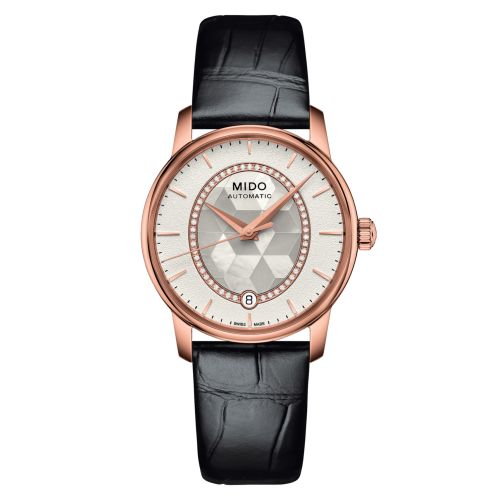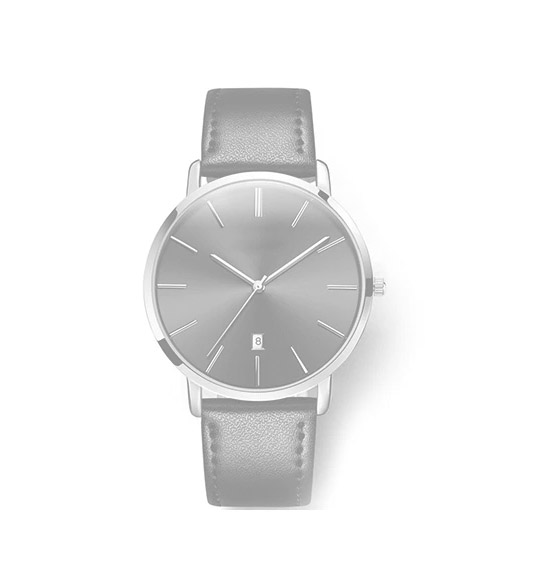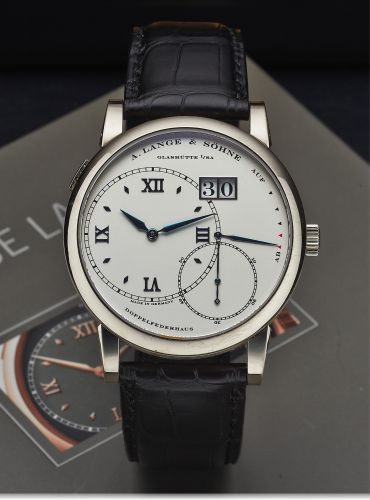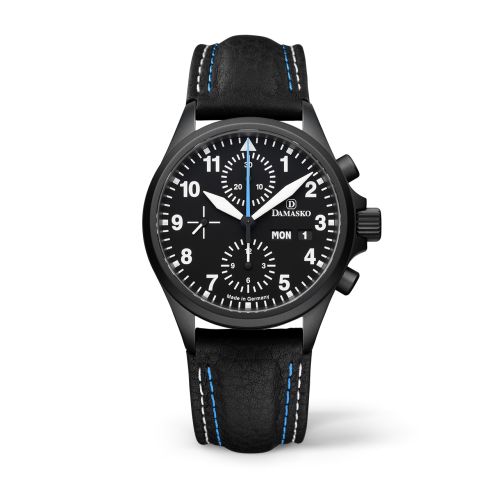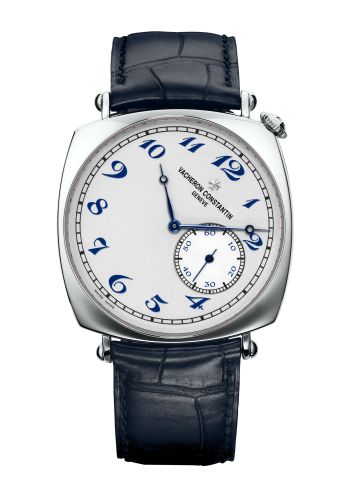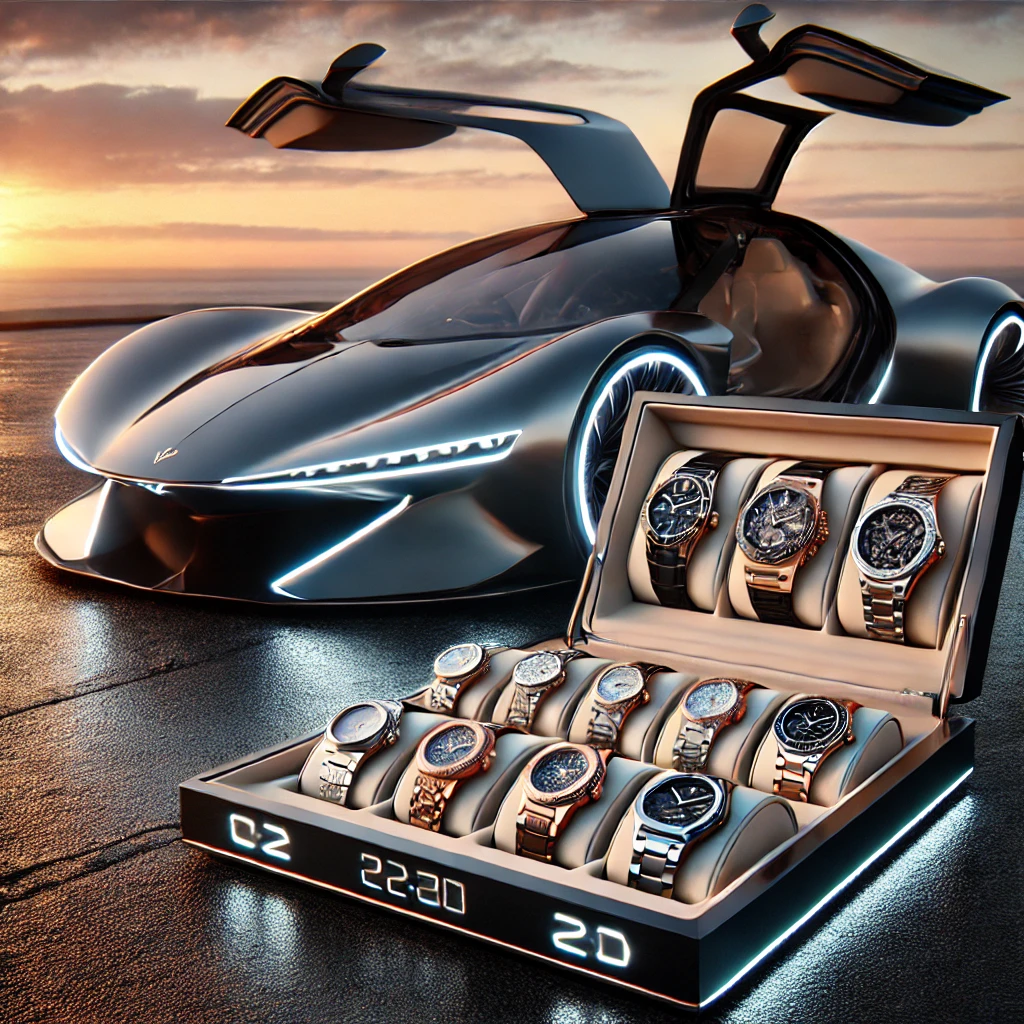
Can luxury watches withstand extreme temperatures?
Luxury watches are often celebrated for their craftsmanship, precision, and aesthetic appeal, but one question that frequently arises is their ability to withstand extreme temperatures. The performance of a luxury watch under varying thermal conditions depends on several factors, including the materials used in its construction, the design of its movement, and the specific brand's engineering standards.
Most high-end luxury watches are designed with durability in mind, incorporating materials such as stainless steel, titanium, and ceramic, which tend to exhibit resilience against temperature fluctuations. These materials can endure both high heat and severe cold, making them suitable for a range of environments. However, it’s important to note that while the casing may be robust, the internal movement is often more sensitive to temperature changes.
Mechanical movements, which are common in luxury watches, can be affected by temperature due to the oil lubricants that facilitate their operation. Extreme cold can cause these lubricants to thicken, potentially leading to a decrease in accuracy, while excessive heat can thin the oil, resulting in increased wear and tear on the watch’s components. High-end brands often address these concerns through meticulous engineering and the use of advanced lubricants designed to perform well across a broader temperature range.
Another factor to consider is the watch’s water resistance and overall construction. Many luxury watches, especially those designed for diving or outdoor activities, are built to endure not just temperature extremes but also pressure and moisture. This rugged design enhances their ability to function in harsh conditions, making them suitable for both extreme heat and cold.
Furthermore, some luxury watch brands offer models specifically engineered for extreme environments. For instance, watches designed for aviators or divers are rigorously tested to ensure they can withstand the rigors of their respective fields, including temperature extremes. These models often feature additional protections, such as reinforced cases and innovative movements that can handle the stresses of temperature changes.
While luxury watches can generally withstand a range of temperatures, it is wise for owners to take precautions. For instance, exposing a watch to direct sunlight for prolonged periods or leaving it in a freezing environment can be detrimental. Regular maintenance and service can also help mitigate the effects of temperature on a watch’s performance, ensuring it remains in optimal condition regardless of external conditions.
In conclusion, luxury watches can indeed withstand extreme temperatures, but their resilience varies based on design, materials, and intended use. By understanding these factors and taking care of your timepiece, you can ensure that it not only looks stunning but also functions reliably, no matter the temperature.




